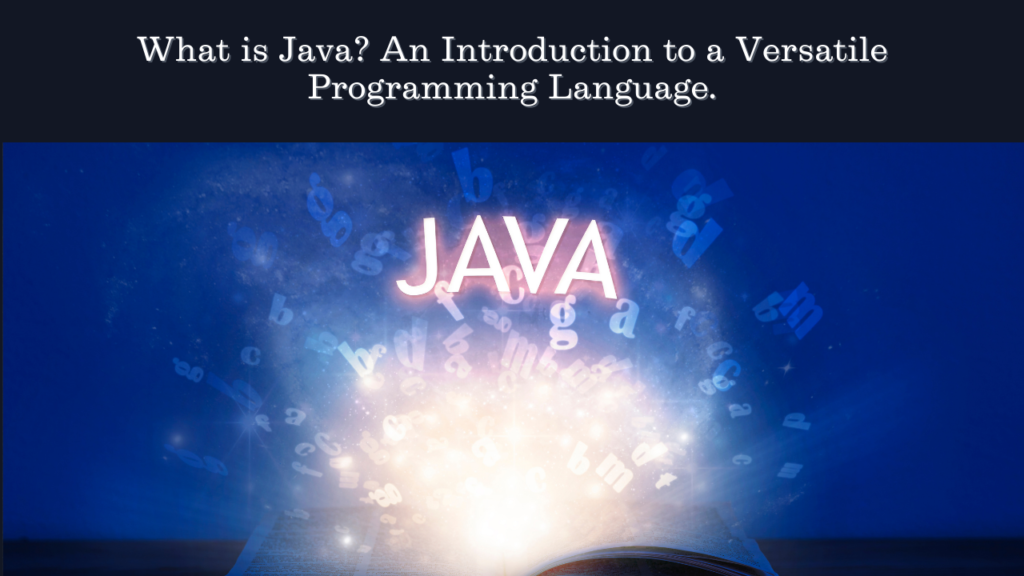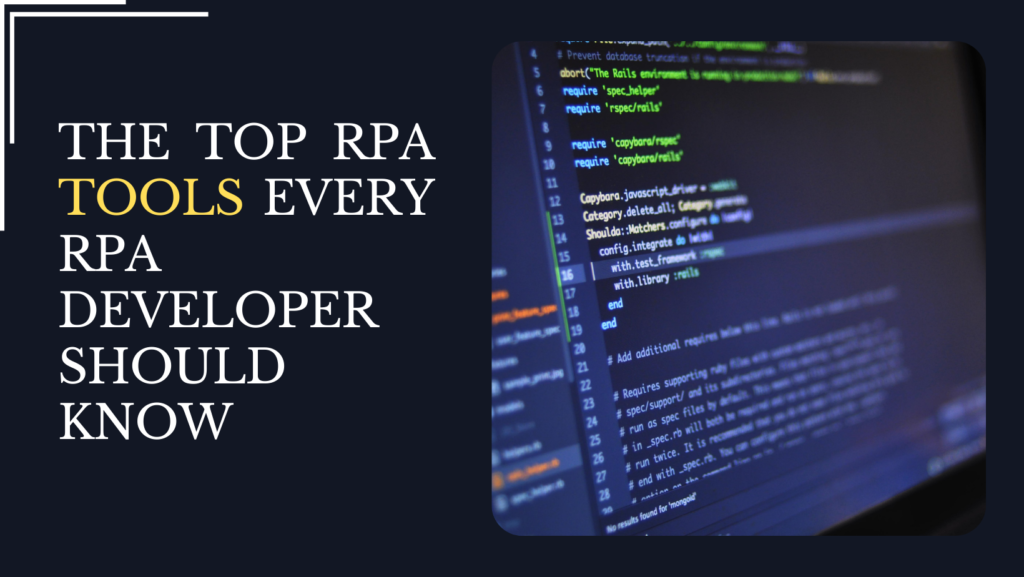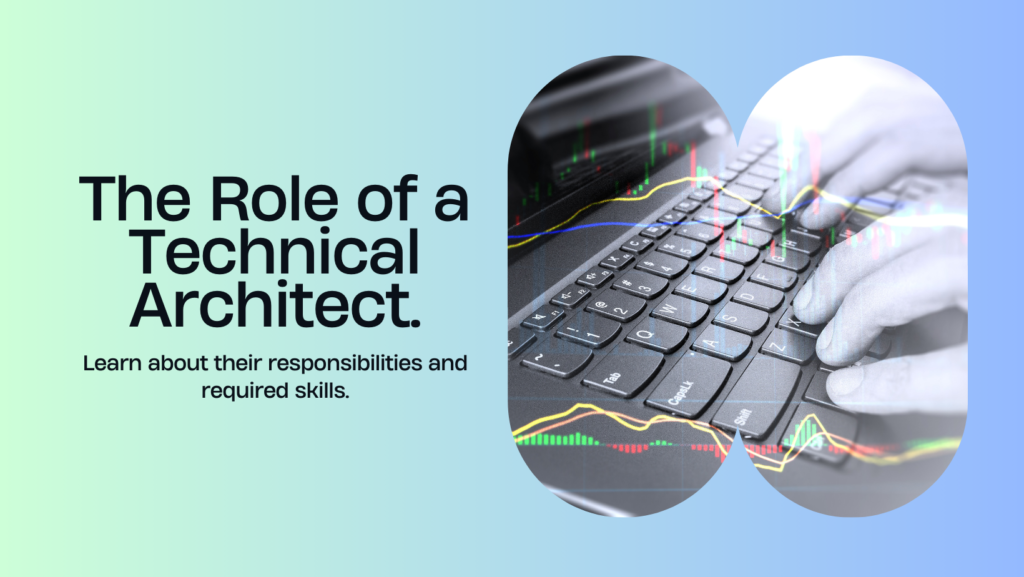Essential Skills for Full Stack .NET Developers: A Comprehensive Guide

.NET stands as a comprehensive full-stack development platform, empowering the construction, deployment, and management of applications and services. It boasts a flexible and inclusive technology stack, tailor-made for crafting contemporary web applications and services. The advent of ASP.NET Core, a novel open-source and cross-platform iteration of .NET, facilitates the seamless creation of web apps and services, ensuring top-tier performance across Windows, Mac, and Linux environments.
In the realm of .NET, coding is a versatile endeavor, accommodating your preferred language, be it C#, F#, Visual Basic .NET, or any other language aligned with the .NET Standard 2.0. This article delves into the intricacies of being a full-stack .NET developer, elucidating the path to becoming one. It offers insights into essential skills, required technologies, and practical tips for those aspiring to navigate the domain of full-stack .NET development. Explore this blog for an in-depth understanding of the full stack web development course.
So, who embodies the profile of a Full Stack .NET Developer? This professional is a seasoned software engineer adept in all facets of the .NET development platform, encompassing both front-end and back-end aspects of .NET applications. Mastery extends to ancillary technologies such as databases, web services, and user interfaces.
The role of full-stack .NET developers goes beyond coding; they shepherd an idea from its inception to fruition, assuming responsibility for the entire development lifecycle. This necessitates a profound comprehension of both the business domain and the technical intricacies intrinsic to the .NET platform.
Given their capability to deliver end-to-end solutions aligning with modern business needs, full-stack .NET developers are highly sought after. Aspiring individuals should focus on honing expertise in key areas such as C# and ASP.NET. It’s noteworthy that certain recruitment agencies adopt a no upfront fees, pay after placement policy, allowing individuals to defer payment until securing a position as a full-stack .NET developer.
These foundational technologies pave the way for crafting sophisticated applications on the .NET platform. Once a robust understanding of C# and ASP.NET is established, exploration into other facets, including databases, web services, and user interfaces, becomes the natural progression. Armed with a comprehensive grasp of the entire .NET platform, one is poised to ascend to the role of a proficient full-stack .NET developer.
A successful full stack .NET developer should possess a robust understanding of both front-end and back-end development processes. Proficiency in programming languages, web applications, databases, and hosting environments is crucial. Consider enrolling in a full stack Java developer course to gain a comprehensive understanding of Java development, which complements the skill set.
Here are key skills for .NET full stack developers:
- C# and .NET Framework:
- C# is a widely used Microsoft programming language for building software applications.
- A deep understanding of both C# and the .NET framework is essential for effective development.
- ASP.NET:
- ASP.NET is a web application framework for creating dynamic, interactive websites and apps.
- Mastery of ASP.NET is vital for building robust web applications.
- SQL Server:
- A powerful database management system often used alongside .NET applications.
- A good working knowledge of SQL Server is necessary for effective data querying and manipulation.
- HTML/CSS:
- Used to style and format web page content.
- A solid understanding of HTML and CSS is crucial for creating visually appealing web pages.
- XML Web Services:
- Development of XML web services that can be consumed by other applications is essential.
- Internet Information Services (IIS):
- Familiarity with IIS is necessary for deploying and hosting applications.
- Software Development Tools:
- Awareness of various software development tools, such as Visual Studio, is important.
- JavaScript:
- A popular programming language for front-end, back-end, and application development.
- A good understanding of JavaScript is essential for developing web applications.
- ASP.NET MVC:
- Commonly used for developing web applications using the Model-View-Controller architectural pattern.
- Provides flexibility and extensibility for creating custom solutions tailored to project needs.
Full Stack .NET Developer Job Description:
A full stack .NET developer is tasked with developing and maintaining applications using the .NET framework. Mastery of both front-end and back-end aspects of application development is crucial. On the front-end, expertise is required in designing and implementing user interfaces using HTML, CSS, and JavaScript. On the back-end, proficiency in working with databases, web services, and other server-side resources is essential.
In addition, a strong understanding of object-oriented programming principles is required. Full stack .NET developers should be adept at working independently and collaboratively within a team. They must take direction from lead developers and stakeholders while effectively communicating with both technical and non-technical staff.
Key Responsibilities Include:
- Layout, development, and creation of applications using the .NET system and environment.
- Understanding and transformation of requirements into functional applications aligned with service goals.
- Maintenance, upgrade, and problem-solving for existing applications.
- Collaboration with peers to create effective solutions using the .NET framework and Microsoft technology stack.
- Rewriting and making changes to existing code structures to enhance effectiveness and performance.
- Crafting error-free code adhering to the best coding practices.
- Examination, presentation, and improvement of services through incremental updates, new features, and app optimization.
- Providing technical assistance for web, mobile, and desktop applications.
- Integration of data storage systems while maintaining code quality.
- Identifying bottlenecks and addressing concerns to enhance efficiency.
- Designing user interfaces of .NET applications with innovation and precision.
- Innovating and building high-quality software applications by leveraging the flexibility of the .NET platform.
- Application of best practices for security, quality, and development strategy.
Training in full-stack web development with .NET encompasses the comprehensive construction of a web application’s front-end and back-end. Specialized teams of developers adept in specific technologies are pivotal in addressing a project’s diverse back-end and front-end requirements, thereby enhancing the overall quality of the end product.
The demand for full-stack .NET developers is on the rise as companies seek versatile professionals to manage diverse tasks in web projects, including the development of mobile applications. The surge in cloud computing technologies further underscores the necessity for these experts in the realm of web development.
Opting for a developer with full-stack expertise significantly increases the likelihood of securing employment with esteemed firms. Such developers offer heightened value to a team by seamlessly navigating both aspects of web development. Their ability to comprehend client design requirements and navigate technical constraints in web applications is invaluable. Effective communication within the team enables them to provide solutions, mitigating the need for multiple developers and fostering better coordination.
In the realm of backend development, a full-stack web developer must possess proficiency in utilizing Visual Studio, a potent Integrated Development Environment (IDE) empowering developers to craft high-quality applications. Full-stack developers should also be well-versed in the entire development lifecycle and various DevOps tools. Their skills should extend across a spectrum of programming languages, server environments, and management practices. Importantly, they should demonstrate adeptness in using and configuring diverse technologies, contributing to the overall efficiency of the development process.
Advantages of .NET Full Stack Development
.NET Full Stack stands as a comprehensive and unified development platform tailored for constructing contemporary applications. Developers harness its capabilities to forge high-quality, secure, and scalable applications, whether on the web, in the cloud, or on-premises.
Key advantages of .NET Full Stack Development include:
- Abundant Tools and Technologies:
- .NET provides a diverse array of libraries and tools, expediting and simplifying the development process.
- Established Community Support:
- Boasting a well-established platform, .NET benefits from a vast community of developers ready to offer support and guidance.
- Language Compatibility:
- Compatibility with a range of programming languages facilitates the selection of the most suitable tool for specific tasks.
- Enhanced Security Features:
- Robust security features within .NET safeguard code and data, ensuring a secure development environment.
- Scalability:
- .NET’s scalability makes it adaptable for projects of varying sizes, from small-scale endeavors to large enterprise applications.
- Seamless Integration:
- Smooth integration with Microsoft products and technologies allows for the development of cross-platform applications.
- Powerful Programming Model:
- Employs a powerful and flexible programming model, enabling developers to craft well-structured code.
- Comprehensive Libraries and Frameworks:
- A rich set of libraries and frameworks for building immersive user interfaces, facilitating data access, and structuring business logic.
- Robust Tooling Support:
- Visual Studio, equipped with a debugger, task runner, package manager, and more, ensures robust tooling support.
- DevOps Compatibility:
- .NET aligns seamlessly with DevOps practices, supporting continuous integration and continuous deployment.
In comparison to other development platforms, .NET offers superior performance, security, and stability. It simplifies the creation of cross-platform applications and benefits from an active and supportive community. As a result, .NET emerges as an ideal platform for constructing full-stack web applications.
Conclusion
A full stack .NET developer possesses the expertise to manage the entire lifecycle of a website, from design to code creation and ensuring seamless functionality. Whether you require comprehensive website development or assistance with specific aspects, a .NET full-stack developer proves to be the optimal choice. With the increasing shift of businesses online, the demand for full-stack developers is on the rise. Don’t hesitate—enroll in IgnisysIT for full-stack web development course for a comprehensive grasp of web development.







